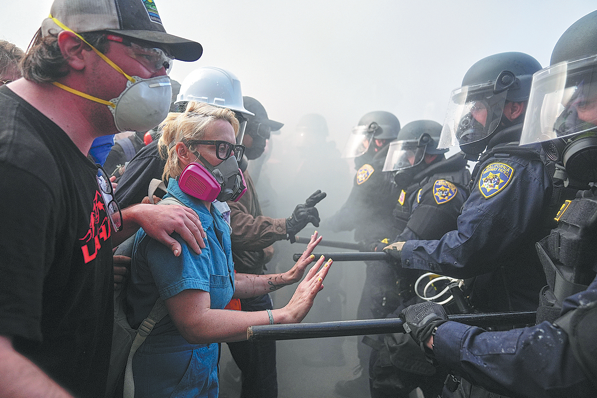On the road to quality urbanization
China Daily | Updated: 2018-06-19 07:09
Urbanization rate constantly rising

In the four decades of reform and opening-up, China's urbanization rate has increased 40 percent, from 17.9 percent to 58.5 percent. During this period 640 million people migrated from rural to urban areas-equal to 46 percent of China's population.
In 1980, the migrant population was 5.45 million; it grew to 6.55 million in 1990. But since 1995, more than 20 million people have migrated from rural to urban areas every year, with 25 million rural residents migrating to urban areas in 2012 alone.
China's urban population today is 810 million, compared with the urban population of only 170 million in 1978, while the rural population is 570 million. This is a drastic change-from over 800 million farmers, China now has more than 800 million urban residents. China's rural population reached its peak of 860 million in 1995. But it has rapidly reduced since 2000.
Over the past four decades, Chinese cities have also played an increasingly important role in the national economy. In 1978, the urban GDP accounted for only 36 percent of China's overall GDP. Today, urban areas account for about 80 percent of China's GDP.
Moreover, the urban build-up land area has also rapidly increased over the past four decades. In 1981 the urban built-up area was 7,438 square kilometers; it increased to 54,331 square kilometers in 2016.
What is more important now, is which areas should be urbanized. Urbanization includes population urbanization, economic urbanization and social urbanization. Thanks to population and economic urbanization, the entire Chinese society's urbanization level has increased at a fast pace, gradually giving shape to civil society. And as higher education is becoming increasingly popular, civil culture is increasingly gaining ground.
























